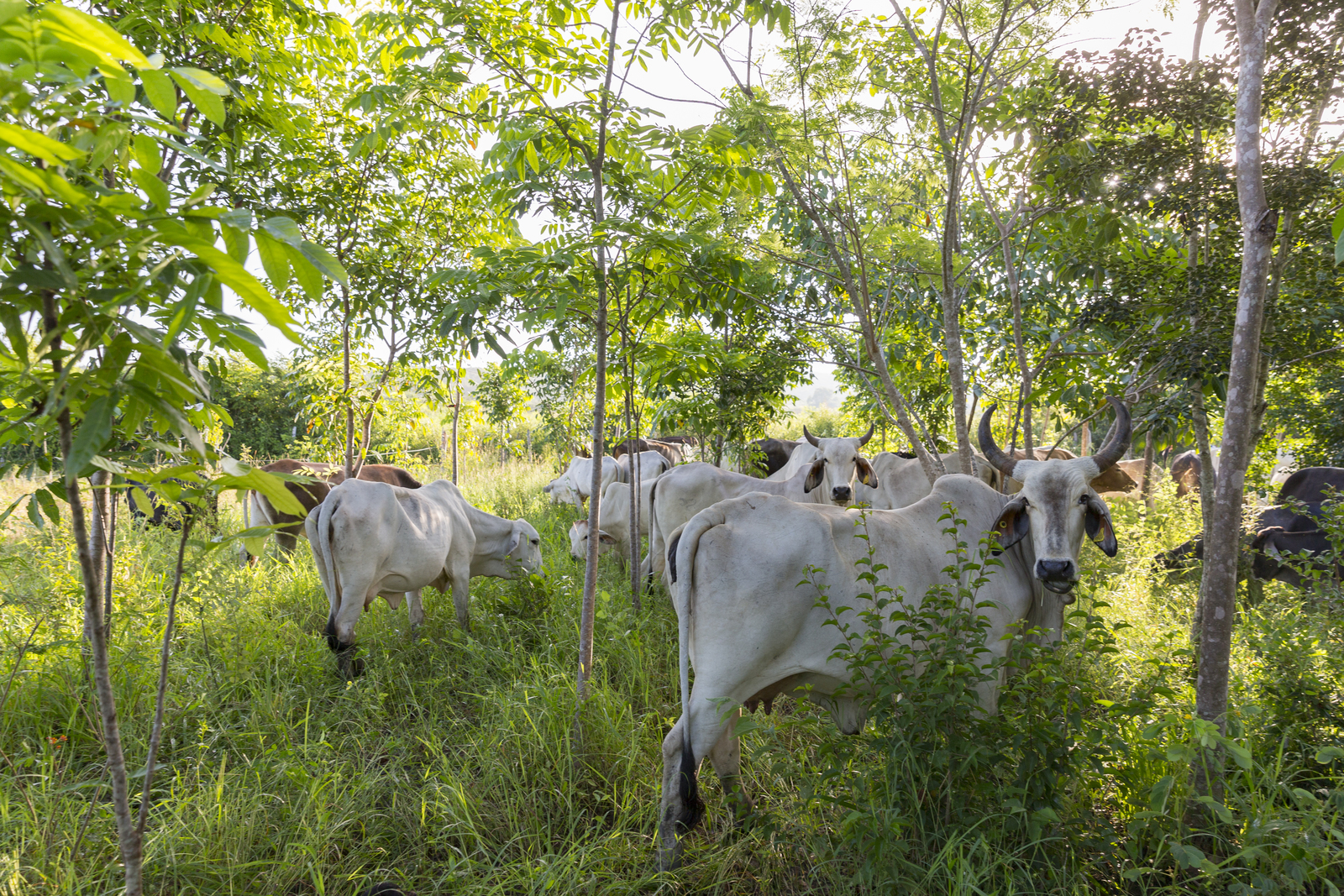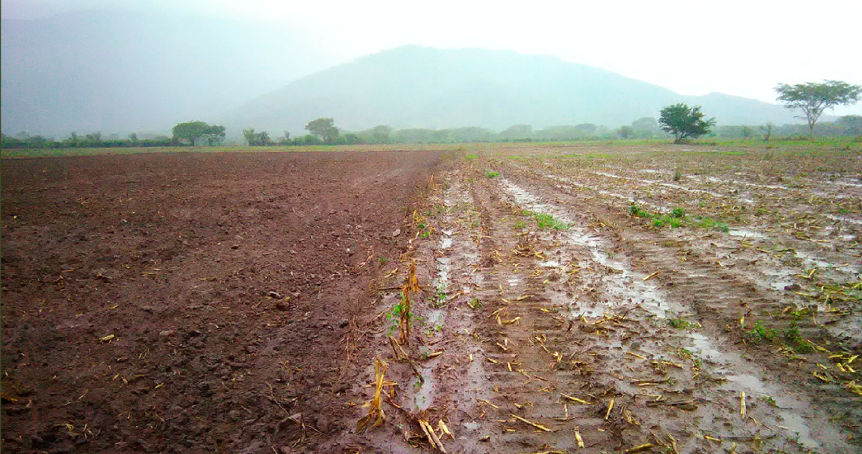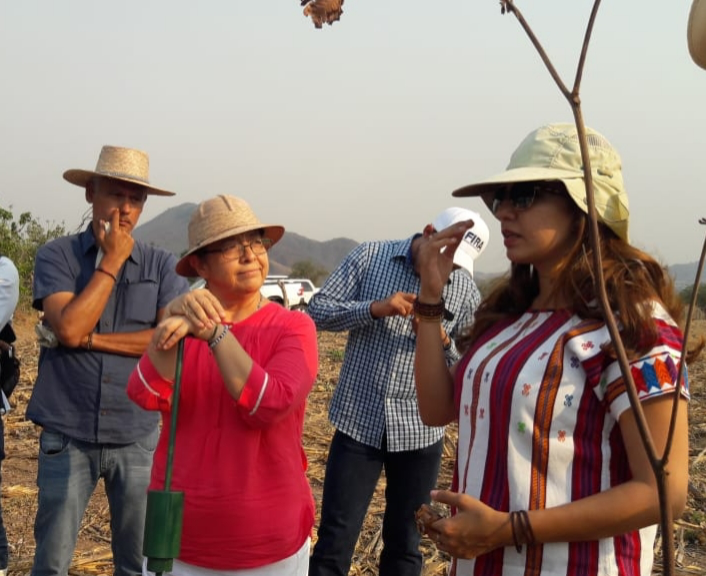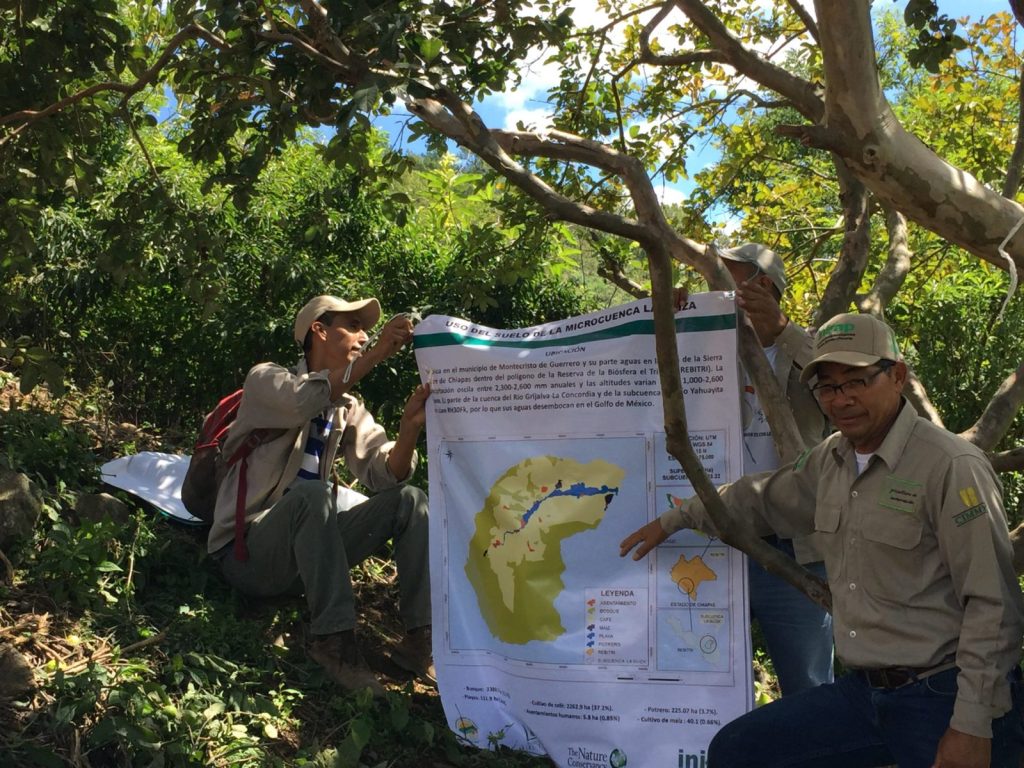Like many of the places where The Nature Conservancy works, Chiapas, Mexico, is a biodiversity hotspot under threat: as the fertility of existing agricultural lands decreases, the agricultural sector expands into bordering forests.
TNC’s program in Chiapas, led by Alejandro Hernandez, runs on the belief that improving soil health through “ecological intensification” is key to protecting Chiapas’ biodiversity.
Ecological intensification is the concept of growing more food per unit of land by enhancing soil quality through natural processes—like soil organic matter formation—in place of chemical inputs. With ecological intensification, increased production is possible on existing agricultural lands, thus decreasing the need to expand these areas and clear more land for less productive agricultural systems.
Don’t Fall in Love with Simple Explanations
Around the world, the expansion of agriculture is a major driver of biodiversity loss and greenhouse gas emissions. As a result, most conservation organizations, including TNC and our partners, have begun to collaborate with the agriculture sector.
Ecological intensification is an aspiration for many conservation organizations because it offers the hope of benefitting both people and nature. However, as TNC’s North America Agriculture Director Pipa Elias recently tweeted: “Don’t fall in love with simple explanations. They will break your heart.”
With ecological intensification, the devil is in the details. Whether intensification leads to greater environmental protection—or more expansion of agriculture, as it becomes more productive—depends on the national and local policies that exist and the degree to which they’re enforced. In other words, the broad vision needs robust, place-based partnerships to successfully conserve nature.
The Nature Conservancy’s previous work in Chiapas demonstrates the kind of place-based approach and creative partnerships required to make ecological intensification work for farmers and conservationists.
In the late 1990s, TNC’s work in Chiapas was focused on traditional conservation. TNC helped create the El Triunfo Conservation Fund (Fondo de Conservación El Triunfo, or FONCET), a conservation fund for the UNESCO Biosphere Reserve. The goal of this work has been to provide safe habitat for the more than 4,000 species of vascular plants, nearly 700 species of birds, 1,250 species of butterfly, and more than 200 species of mammals in Chiapas. Alejandro, TNC’s lead in Chiapas, is the former director of El Triunfo.

Funding a protected area is not enough. Fifty-five percent of Chiapas’s forests have been lost to the expansion of cattle, coffee, and maize production — that amounts to 4 million hectares cleared for agricultural activities. Biodiversity conservation has to progress beyond just protection to promoting productive agriculture.
The conventional method for cattle and agricultural production is not economically sustainable. Maize yields have been cut in half because farming methods decrease soil fertility. Cattle produce less than 1 liter of milk per cow per day. This means that, to maintain income, farmers have to expand their footprints into the productive soils of surrounding forests. Needless to say, that creates a direct threat to the biodiversity of Chiapas.
Ecological Intensification
The “ecological intensification” theory of change is that by reversing these productivity losses, farmers can maintain a living on their existing land, thus conserving surrounding biodiversity hotspots. Government policies can further incentivize farmers not to expand their production activities as they become more productive.
To achieve this change, TNC continues to work with FONCET, and has also partnered with INIFAP- the Mexican federal research agency for forestry, agriculture, and fisheries—and the state ministries of agriculture and environment in Chiapas (both ministries are led by newly-elected female leaders, for the first time). This pairing of traditional conservation, agriculture research and extension, and government partnerships is promoting a suite of more sustainable production models.

In silvopastoral systems, trees provide high-protein cattle feed while maintaining cover, while conventional systems rely on the purchase of low-protein feed in the dry season. Silvopastoral systems both improve cattle’s diets and lower farmer’s costs. In maize production, the combination of subsoiling and conservation agriculture breaks up compacted soil and increases water infiltration.
I visited Chiapas in 2018 to collect soil samples and measure the effectiveness of sub-soiling. I didn’t need to analyze any samples to see the effects- just by looking at the soil, I could see the drastic differences in water infiltration in soils under conservation agriculture management compared to conventional systems.

To promote this work, TNC and INIFAP have been developing technical recommendations for farmers to adopt. FONCET has been developing extension videos to promote these practices among farmers.
TNC’s partnership with government ministries has led to the development of web-based maps and mobile apps that allow the government to provide new agricultural subsidies to farmers that demonstrate they are maintaining and promoting tree cover. In other words, there’s a carrot to incentivize farmers not to expand. These tools are fully integrated into the Government of Chiapas’ Rural Development Plan as of 2019, and they are already being used in 5 municipalities, including Acacoyagua, Frontera Hidalgo, Mapastepec, Metapa, and Tuxtla Chico.

TNC’s work in Chiapas highlights that, while ecological intensification is an appealing vision, it requires place-based efforts to solve specific environmental and economic challenges. Not all practices associated with ecological intensification will be relevant in all places, and focusing on the agronomy alone will not develop the policies that ensure that agriculture’s footprint does not expand.
New partnerships—like TNC’s work with FONCET, INIFAP, other NGOs, and local ministries of agriculture and environment—reiterate the importance of efforts like the Bridge Collaborative, which aims to link environment, development, and public health sectors by advocating for new approaches to grant making that acknowledge the needs and challenges of working across sectors.
TNC’s work in Chiapas provides a great example of how we can move from a broad, global framework to sustainable place-based solutions.




Great insightful post Steve – thank you for sharing. Do I have your permission please to post extracts of this on work we’re coming out with that shows how soil health is linked to water security (and Water Funds can support both)? Thanks – David
That’s fine with me! Thank you David.